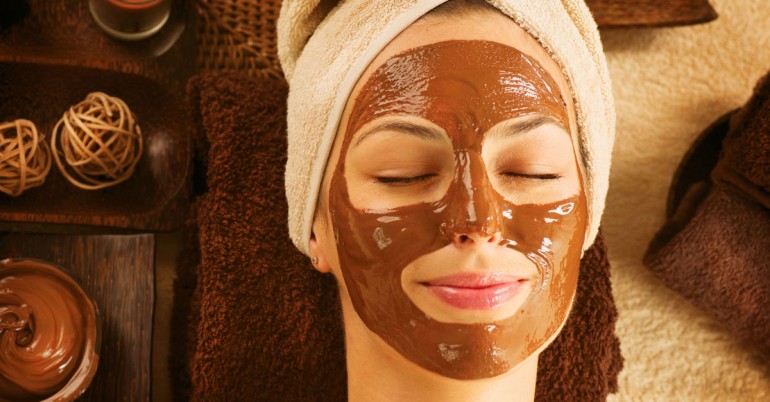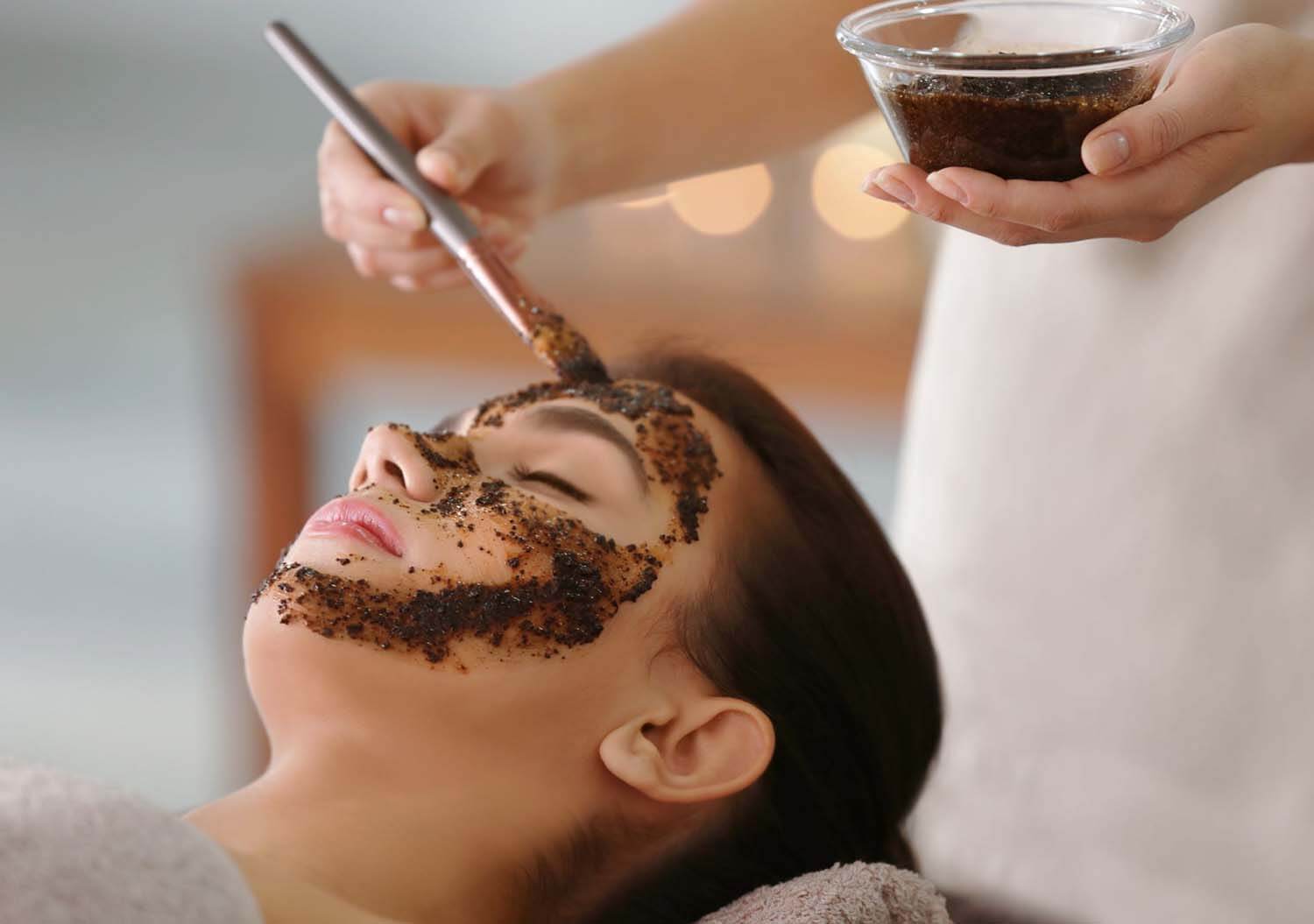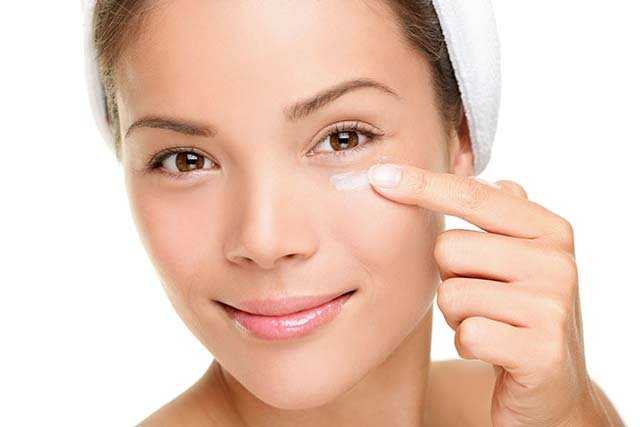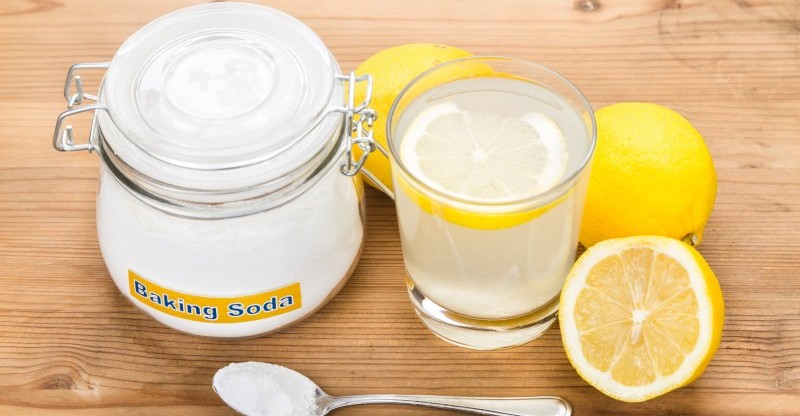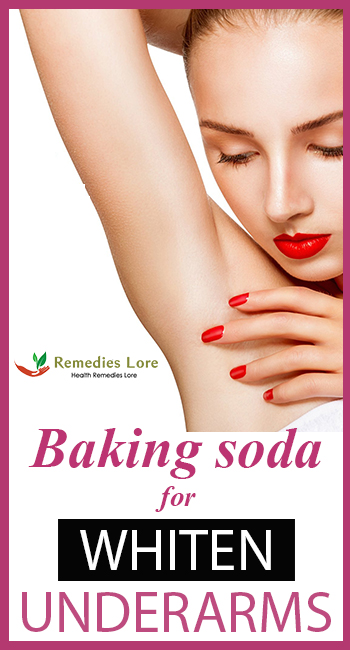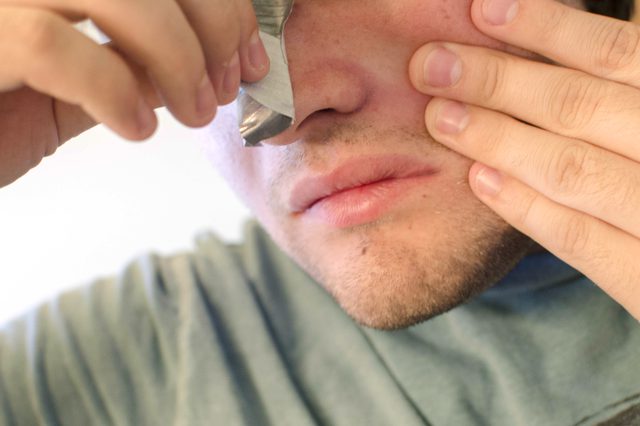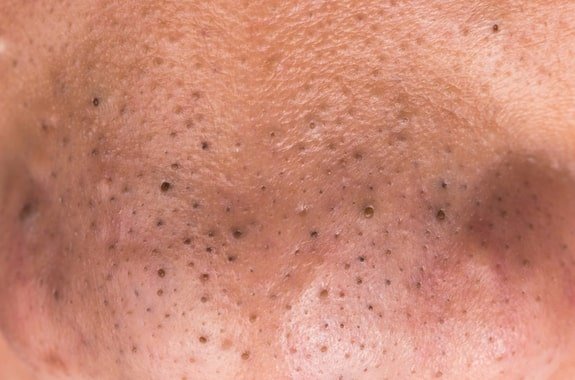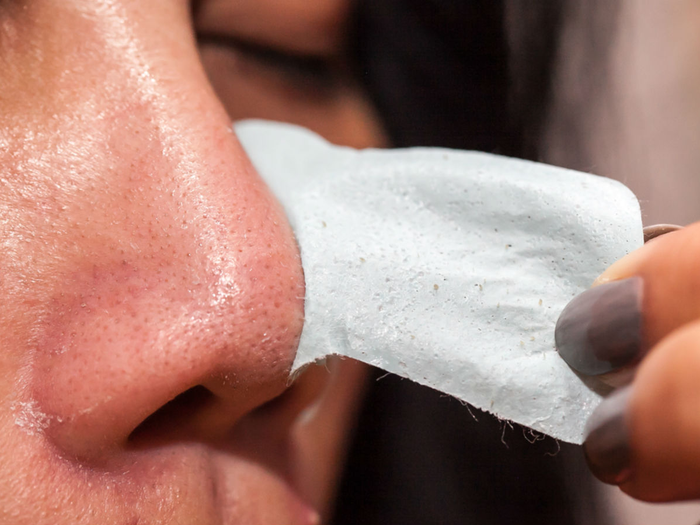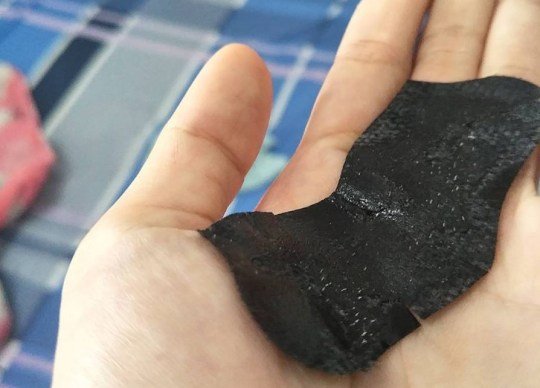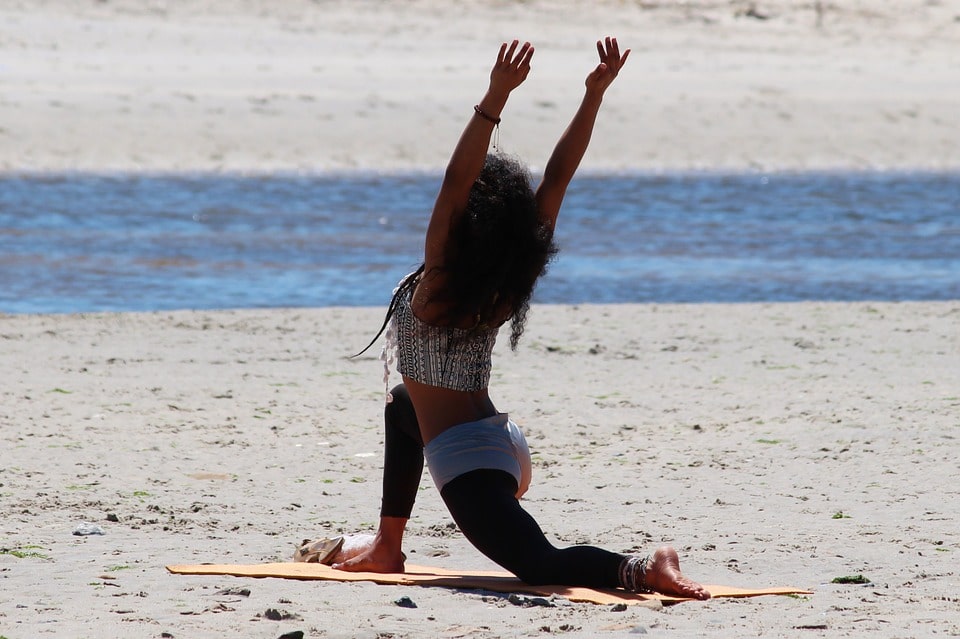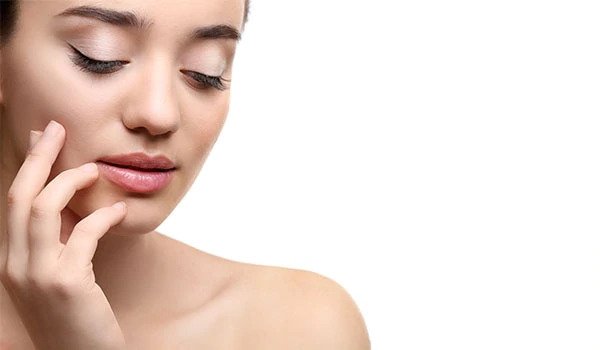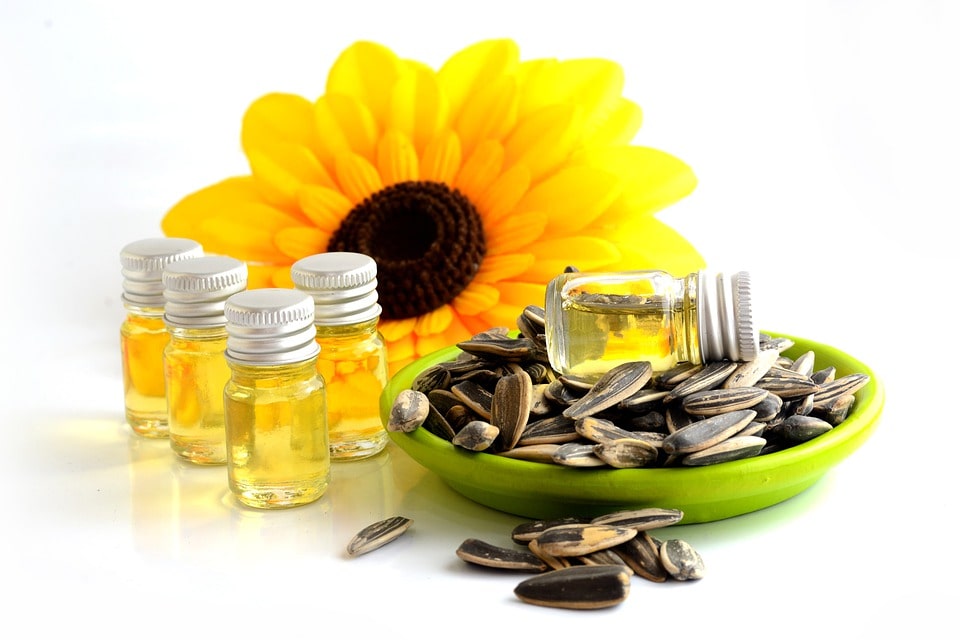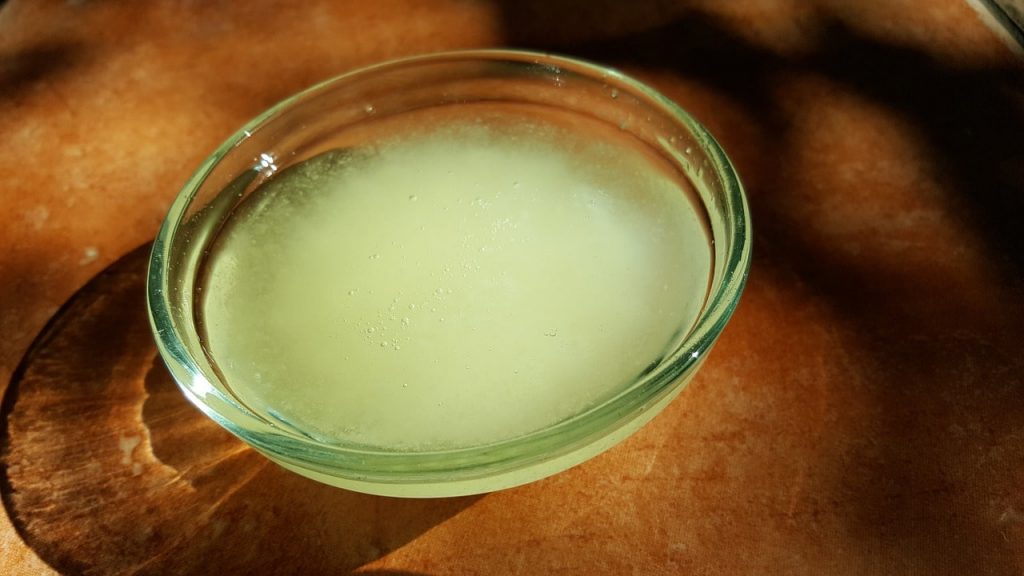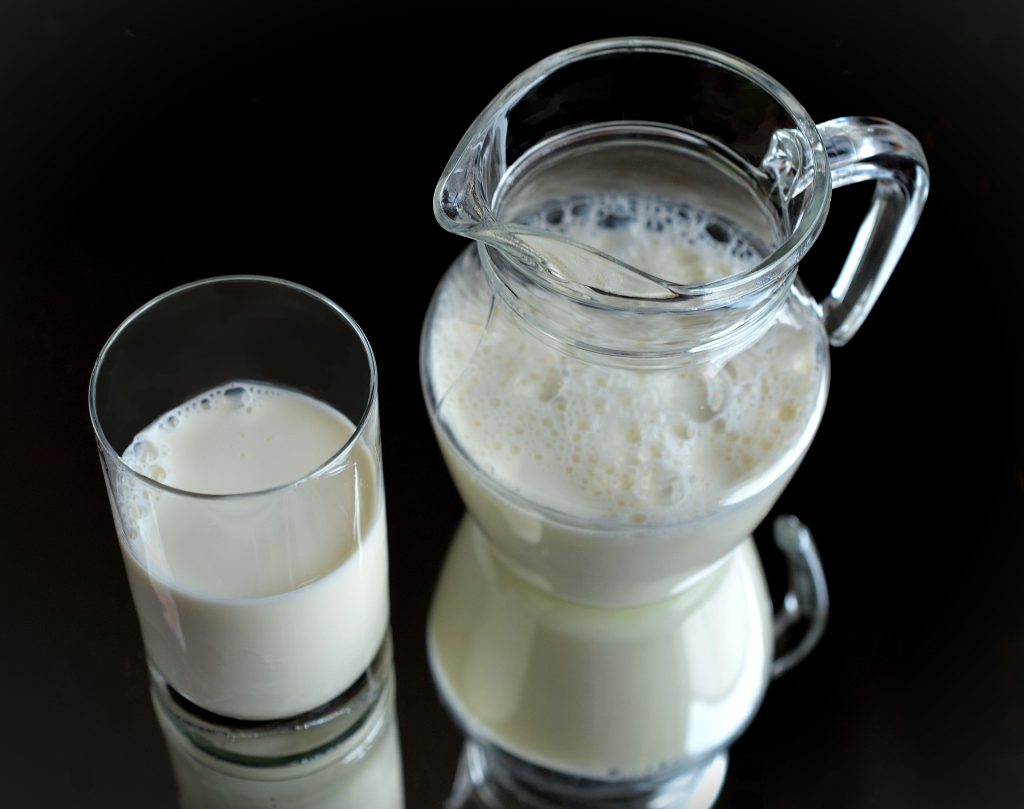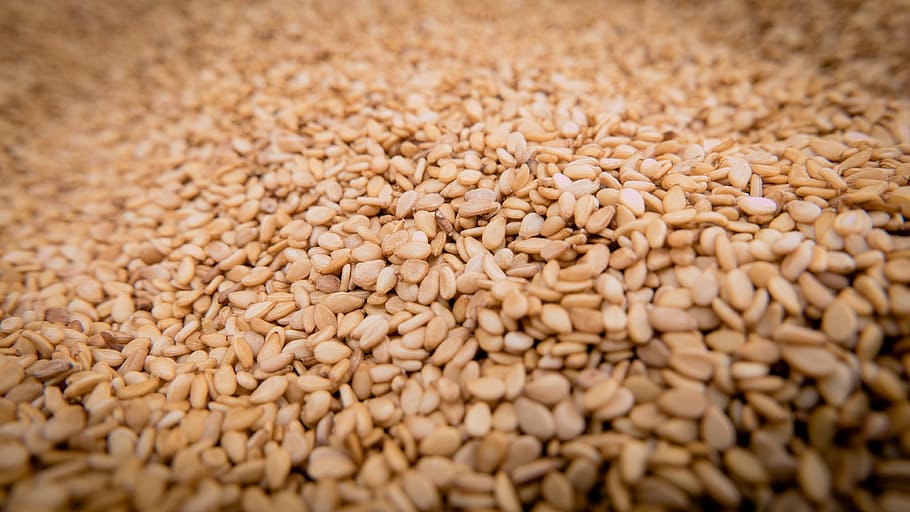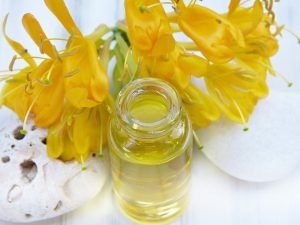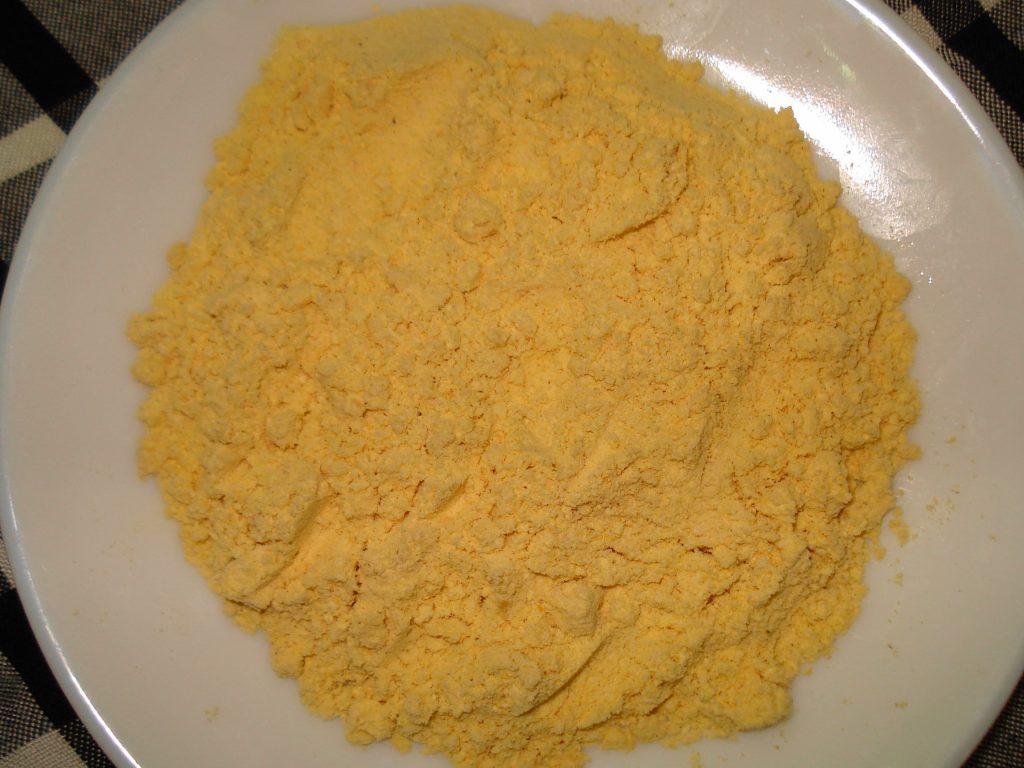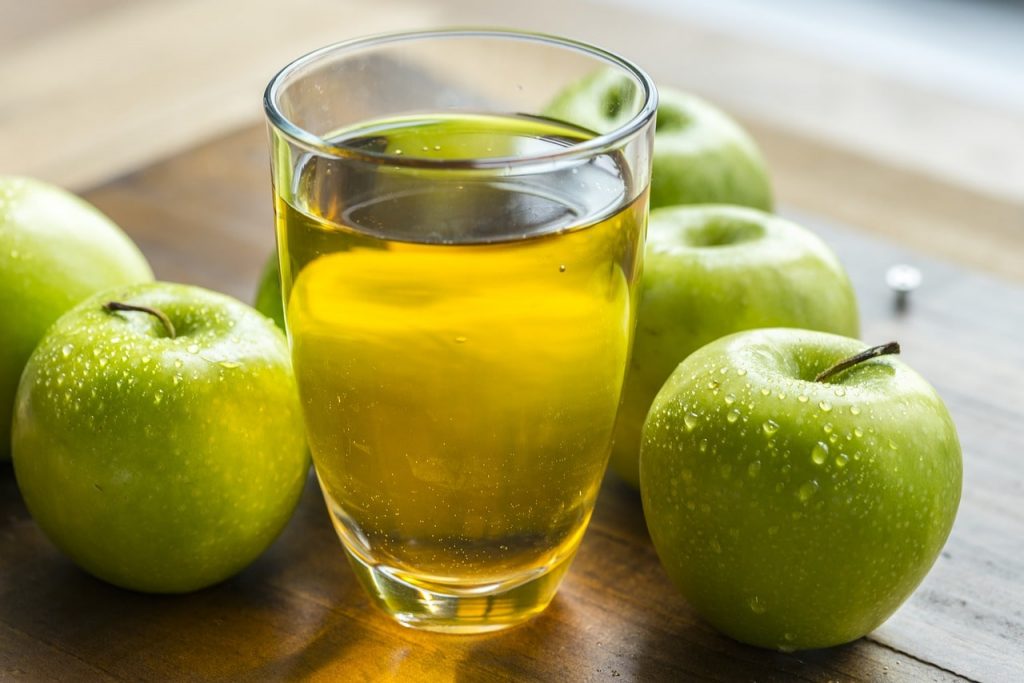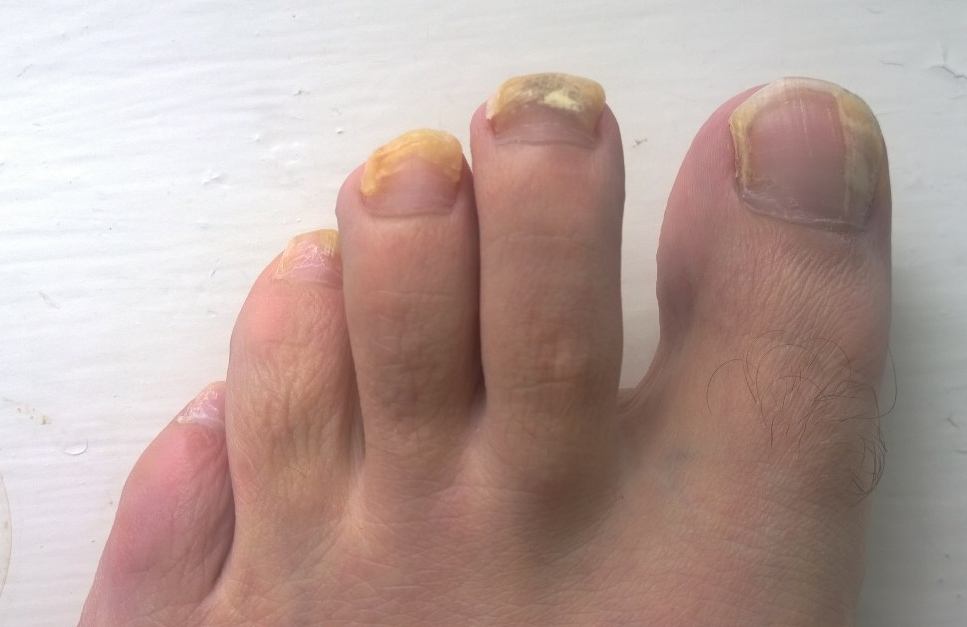Coffee might be your favorite mood booster to start your day. It might be the best way for you to elevate your energy and metabolism every day. Yes, coffee is one of the most favorite beverages worldwide and has plenty of health benefits. But for your surprise, coffee can be a single remedy for a lot of skin problems, especially dark skin too! Yes, “coffee for skin whitening” might sound a bit strange, but it has the potential to give you a clean, radiant, and glowing skin.
Coffee is packed with various antioxidants, including phenols, and can fight free radicals that can cause so much damage your skin. In fact, according to a study from the American Chemical Society, coffee is one of the primary sources of antioxidants in the USA – even more than other common beverages known for their great antioxidating properties.
While a refreshing coffee cup can be a great source of antioxidant, you can obtain various skin benefits by using coffee beans or coffee powder topically. And the best part is, you can use coffee for skin whitening in a lot of different ways, including a paste, mask, and scrub.

In this manual, we will support you with different tips and tricks of using coffee to obtain clean, glowing, and healthy skin. But before that, let’s know why coffee can be so effective for your skin.
How does coffee work on Your Skin?
Following are some amazing skin benefits of coffee that make it a decent skin whitening remedy.
- Coffee Reduces Cellulite
Coffee may be helpful to reduce the cellulite appearance on your skin. Thanks to its caffeine content, coffee can play a decisive role in eliminating cellulite by dilating the blood vessels right beneath the skin layers. In addition, coffee also improves the skin’s blood flow and in result, reduces the bad appearance of cellulite.
- Coffee is Packed with Surprising Calming Effects
If you think coffee can only calm your mind and boost your mood, you haven’t experienced the best of it. Thanks to its antioxidants content, coffee can calm your skin’s tissues as well.
- The Anti-aging Benefits
Using coffee for face whitening can successfully delay the premature ageing. Coffee may reduce the appearance of fine lines, redness, sun spots, hyperpigmentation, and a lot of other types of facial spots. In fact, according to a study, researchers found a direct link between coffee consumption and photoaging effects.
- Vitamin B-3 For Skin Cancer
Although more researches and studies are needed, coffee scrub for skin whitening is also linked with reducing the risk of skin cancer. Coffee is a great supplier of vitamin B3 mainly due to the breakdown of trigonelline. And if the studies from Skin Cancer Foundation are to be believed, niacin content of coffee may be effective in preventing nonmelanoma types of skin cancers, and may also avoid other types of abnormal skin growth.
- Reducing Inflammation
Coffee contains chlorogenic acid and melanoidins – both of which are linked with reducing skin inflammation and hyperpigmentation. And hence, using coffee beans for skin whitening can also reduce skin inflammation due to various skin conditions.
- Acne Treatment
Regular use of coffee can help in fighting with acne-causing bacteria. As coffee contains CGAs, and have both antibacterial and anti-inflammatory properties, it can be a beneficial acne treatment and can fight the darkness left after acne.
- Dak Circles
Coffee may also be effective against some of the most stubborn dark circles under the eyes, Beverly Hills MD Cosmeceuticals states. This is because of the caffeine content of coffee that may dilate the blood vessels contributing to the appearance of dark circles.
Different Ways of Using Coffee for Skin Whitening
In this segment, we are sharing some very effective coffee recipes you can try to get rid of different skin problems. Let’s find out more in details.
1. Coffee, Curd and Turmeric Face Pack
Turmeric is not an alien ingredient when it comes to natural remedies for glowing skin. It can restore the natural glow by working on uneven skin tone. Hyperpigmentation is the primary cause for unnatural skin darkness, and turmeric can be that ultimate ingredient that can control hyperpigmentation without causing any adverse effect on your skin.
On the other hand, thanks to the presence of skin-friendly contents like lactic acid and zinc, curd can moisturize your skin and also slow down the process of ageing. Combine the extraordinary properties of these two ingredients with scrubbing prowess of coffee; you will get a toned, glowing, and healthy skin.
Recipe
- Properly mix one tbsp each of turmeric, coffee powder and curd for skin whitening.
- Stir well to get a consistent, lump-free paste.
- Cleanse your face with water and pat dry before applying.
- Now, apply the mixture levelly on your face as well as neck in a downward motion.
- Give a “dry out” time of about twenty minutes.
- Lather your face with lukewarm water and pat dry again.
- You can repeat this treatment twice or maybe thrice a week for best results.
2. Coffee, Coconut Oil, and Cinnamon Powder Face Pack for Pimples
Coconut oil can be proved handy when it comes to improving your skin’s complexion. It is also a very effective as well as a gentle home remedy for hyperpigmentation, dullness, unnatural darkness, and pimples etc.
If we talk about cinnamon powder, it is packed with powerful skin lightening properties. It can be especially effective to improve the scars and dark spots after acne scars, blemishes, and pimples etc. And, of course, we have discussed a lot about the amazing results of using coffee for skin whitening.
Recipe
- Add ½ tbsp coconut oil and ¼ tbsp cinnamon powder to one tbsp coffee powder.
- Mix all these ingredients evenly so that you get a smooth paste.
- Apply on the cleansed, and dried face.
- Wash the paste off after twenty-odd minutes.
- Pat dry, and finish with a mild moisturizer.
- Repeating this method once a week should be enough.
3. Coffee and Lemon for Skin Whitening
Thanks to the high concentration of vitamin C and powerful antioxidants, you can use lemon juice very effective for skin whitening. Humble lemon juice can singlehandedly get rid of various causes of skin darkness, including dark spots, freckles, acne, hyperpigmentation, and sunburn etc. Vitamin C content of lemon juice reduces the melanin and hence improves the natural skin appearance. On the other hand, caffeine constituents of coffee can remove the tan and lighten the skin up.
Recipe
- Mix one tbsp each of lemon juice and coffee powder in a bowl.
- Stir appropriately to prepare a fine, lump-free paste.
- Cleanse your face and apply the mixture evenly focusing on face as well as neck.
- Wash the paste off with lukewarm water after twenty minutes.
- You can try this remedy twice a week for best results.
4. Coffee Scrub for Skin Whitening
Gram flour used in this recipe can be aa very good remedy for acne. It contains a good amount of zing and can fight various skin infections causing skin darkness and dullness.
Honey is nothing less than nature’s blessing when it comes to skin problems. Due to its antiseptic and antibacterial properties, honey can promote skin whitening, especially on acne-prone skin. Being a very gentle and effective humectant, honey can also maintain your skin’s moisture, preventing it from being too oily.
We have used aloe vera gel as well in this recipe. And aren’t we fond of this commonly-found gel? After all, it can help you to overcome a myriad of skin problems, including burns, blemishes, and acne scars.
The combination of these three amazing ingredients can get rid of almost all the skin problems causing unnatural skin darkness.
Recipe
- Add 2 tbsp. coffee powder, one tbsp gram flour, two tbsp aloe vera gel, and three tbsp honey to a small bowl.
- Now, add a few dips of essential oil of your choice.
- Mix well to make a coarse paste.
- Cover your face with paste and scrub in a circular and upward motion for about fifteen minutes.
- Then, wash the paste off with lukewarm water and pat dry.
- Repeat this method once daily for a positive outcome.
5.Coffee and milk for skin whitening
You simply can’t ignore the skin whitening properties of milk. Raw milk can have surprising cleansing effects on your face as well as body. Thanks to the great amount of vitamin A, D, E and K, lactic acid, and protein, milk works as a powerful exfoliating, cleansing as well as hydrating agent. Combine all these properties of milk with great exfoliating abilities of coffee powder, you can easily get rid of dark circles, and can finally have clean, hydrated, and glowing skin.
- Add one cup of coffee powder to one cup of whole milk and mix properly.
- Add ¼ cup of cocoa powder (if available).
- Mix again to prepare a smooth, lump-free paste.
- Apply the mixture on your rinsed face and wash after about twenty minutes.
- Pat dry and finish with a gentle, natural skin moisturizer.
- Doing this once a week for about five weeks should be enough for skin whitening.
6. Rice Flour and Coffee Face Pack for Skin Whitening
Surprisingly, rice flour can help you with a wide range of beauty benefits, including skin whitening. Adding rice flour to your beauty regime can assist you to remove acne, pigmentation spots, and other causes of skin darkness. Rice flour is a very good source of vitamin B and may help in the production of new skin cells. While rice flour can promote skin whitening, coffee can get rid of various types of skin impurities by improving the blood flow.
Recipe
- Take a small dish and add one tbsp each of instant coffee powder and rice flour.
- Add lukewarm water according to the requirement to make a lump-free, smooth paste.
- Apply on the face, focusing more on dark spots.
- Let the paste stay for about fifteen minutes before washing with cold water.
- Repeat this method twice a week for desired results.
7. Brown Sugar and Coffee for Skin Whitening
Brown sugar doesn’t only work to hydrate your skin, it also exfoliates and get rid of dead skin cells from under the skin layers – and gives your skin a hydrated, natural, and glowing look. It also prevents from ageing and tanning of the skin. Applying brown sugar on your skin can also diminish different types of scars due to sunburn, acne, pimples, and hyperpigmentation etc. Using brown sugar with the coffee can give you moisturized, firmed, smooth, and glowing skin within a few weeks.
Recipe
- Mix three tbsp each of brown sugar and coffee powder.
- Add enough coconut oil to moist the mixture and make a granulated paste.
- After dampening, scrub your face with this mixture.
- Ensure scrubbing in circular motions for about twenty minutes.
- Wash your face off with gentle soap and pat dry.
- Repeating this treatment twice or thrice a week will start showing great results.
Some Important Tips to Have Clean, Glowing Skin
Yes, using coffee for skin whitening can be a great idea, but you can follow these important tips and tricks to avoid unnatural skin darkness and to show off your natural skin color and tonicity.
- Get enough sleep of about eight hours to ensure proper blood supply to your skin cells.
- Gulp enough water throughout the day to keep your body as well as skin hydrated.
- Wear sunscreen every time you go out in the sun.
- Keep your skin moisturized by using a gentle, natural moisturizer.
- Massage your face regularly with a combination of coffee powder, honey, and olive oil.
- Use rose water to keep skin inflammation at bay.
- Exfoliate your skin with brown sugar/coffee powder and coconut oil.
- Always have a healthy, balanced diet with loads of fruits, vegetables, and juices.
You can, of course, get amazing results of using coffee for skin whitening. And there is myriad of different ways of using this mood booster for your skin, and we have shared some of the most effective of them. Hopefully, you can finally have glowing, clean skin after combining these coffee recipes and some dietary adjustments. Do share your skin whitening story with our readers to encourage them to use coffee or other natural ingredients instead of using harmful, chemical-induced whitening creams.


